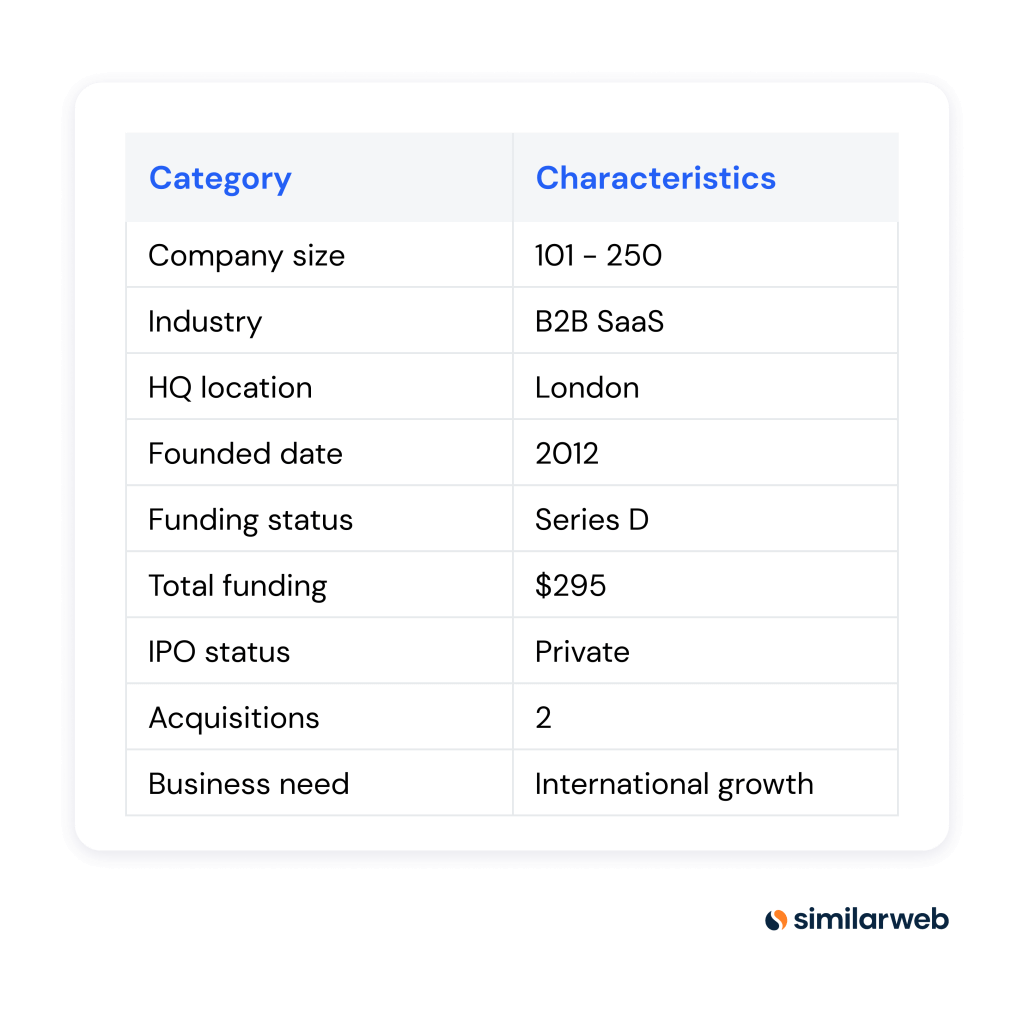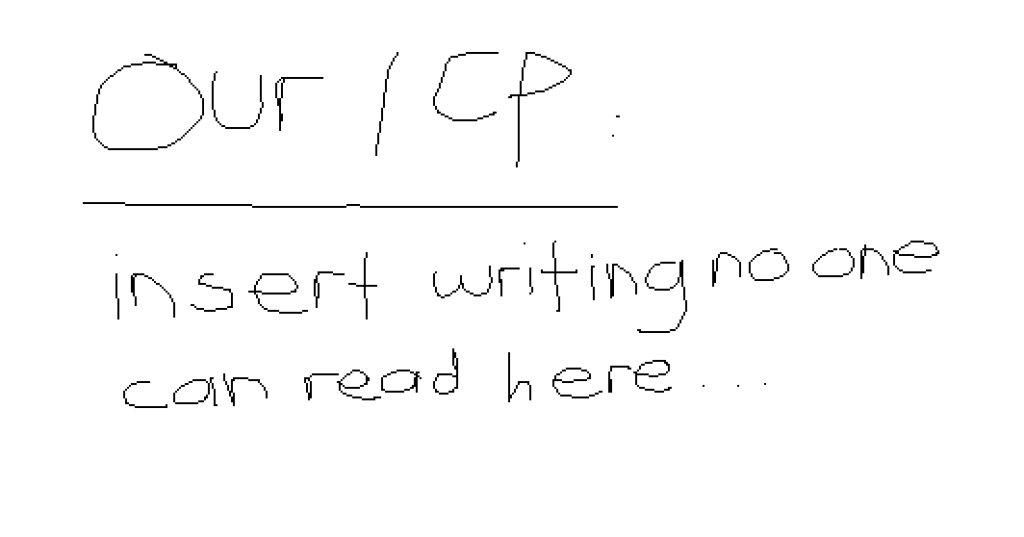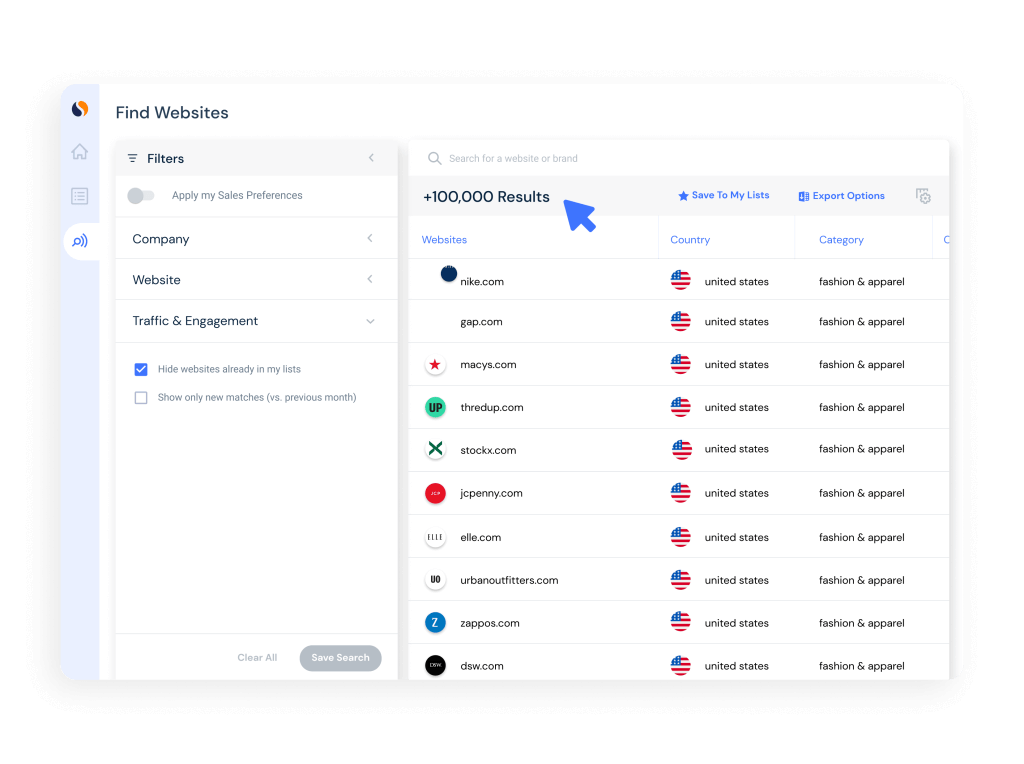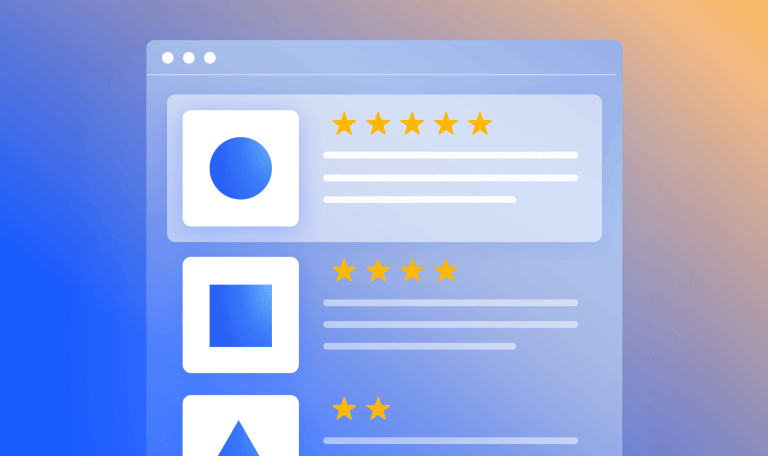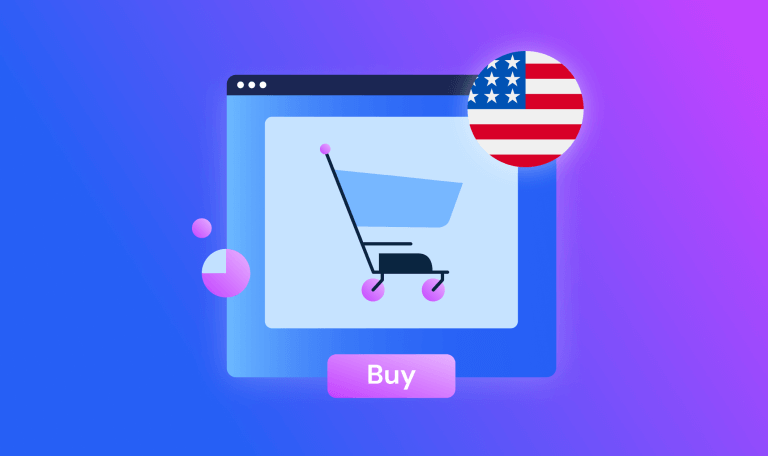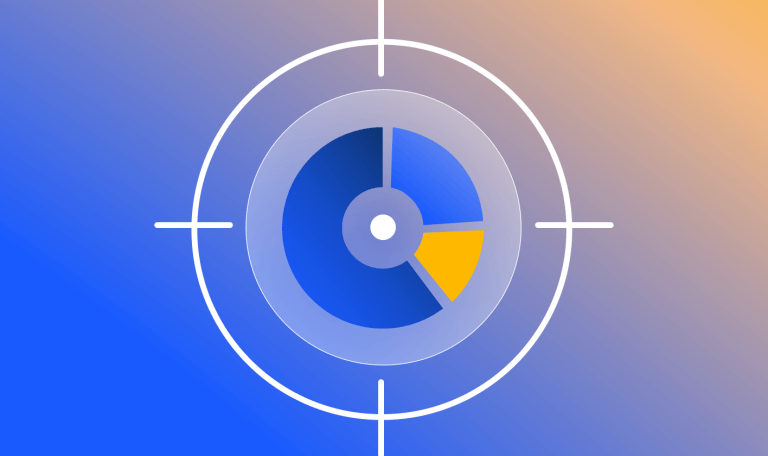Your Guide to Creating an Ideal Customer Profile (ICP)

Introducing your ultimate guide to creating an ideal customer profile (ICP). Whether you’re new to sales, experienced in sales, or even a sales manager, this one’s for you. Find everything you need to know about ICPs, including how to define and create yours, why they can benefit your team and business, and how to put them into action.
Oh, and we even included an ideal customer profile template to get you started – scroll down for that.
What is an ICP (ideal customer profile)?
An ideal customer profile (ICP) defines the perfect customer for what your business provides a solution for – or the type of company that would benefit the most from your product or service.
Similar to buyer personas, you create a fictitious company profile to help with sales prospecting, making sure your team is honing in on the right type of company in your B2B sales efforts.
Why is an ICP important?
It’s one of the most important elements of any successful sales strategy, because it helps to inform and educate your team on who you need to target and why. By identifying the most common characteristics of your target audience, and using that in the sales prospecting process, it will:
- Get you in front of the right – and ideally, most valuable – prospects
- Give you more insight and focus into the buyer’s journey
- Increase the speed of the sales cycle
- Boost your conversion and retention rates
Ideal customer profile vs buyer personas
What’s the difference between ideal customer profiles and buyer personas? Well, let’s take a look.
In creating an ideal customer profile, you would consider some of the following characteristics:
- Company size and budget
- Industry
- Geography and where they sell to
- Business goals and pain points
- Funding and IPO status
- Technologies used
- And potentially many, many more (it’s a pretty non-exhaustive list)
Meanwhile, in creating your buyer personas, your aim is to take a deeper dive into the customers you are dealing with within each account, considering things like:
- Demographics within business
- Occupation and job titles
- Buying behavior and patterns
- Department/role goals
- KPIs
- Challenges and frustrations
- Again, lots more where they came from…
Quick round-up: Your ideal customer profile takes a look at the type of company you want to sell to, whereas your buyer personas looks at the people who buy from you, using market data and real data about existing customers.
How to create an ICP or ideal customer profile
So, where can you get started? With every company being different and targeting a range of audiences between them, there’s no singular special formula that will suit you all.
Creating your ideal customer profile may take some time – and some experimenting. Not to mention the fact your ICP will change as your company grows and business goals change. If you’ve already done some research into it, you’ll have found even the core traits in every ICP template can be different – you’re better off choosing a template that is more flexible to meet the exact needs of your business, (eg. ours ).
We know that doesn’t help narrow it down, but we do have these three steps you should always consider in your mission to create an ideal customer profile, no matter what your business:
1) Assess common attributes of current customers
Take a look at your current customers – in fact, make a list of your top 100 customers (or whatever works best for you).
Think about the highest paying, the highest performing, the highest praising, and the longest remaining customers. You know the drill. What do these customers have in common?
This might take – or in fact, need – collaboration from different departments to formulate a list of common attributes in what makes each client so good for you as a business.
To get your list of common attributes, ask yourself questions like:
- What is their company size?
- What budgets are they working with?
- Where are they based and where are they selling to?
- Where are they at in terms of their growth plans and business goals?
- Which of their pain points do you provide a resolution for?
2) Connect with your current customers
On top of #1, why not make the most of that customer base of yours and reach out to them directly?
You can do this during your sales or customer calls, or via surveys.
Note: not everyone will be willing to take their time on a survey. The solution to this? Keep it brief, or… offer an incentive – they’re known to increase likelihood of response to surveys by up to 50%.
Use this opportunity to ask your clients the relevant questions to assess their thoughts on how they value your company, the pain points you’re solving, and what will keep them with you. But also, ask them what makes you such a good choice or fit for them and why they’d recommend you to other businesses.
(This will help you out a lot with step 3).
3) Gather your learnings and create your ICP
With all that valuable information in your brains and hopefully on your CMS (we’re not saying your memory can’t hack it, but we’re also most definitely saying your memory can’t hack it), it’s time to start building your ICP. How you format this is entirely up to you.
It can be in paragraph form, eg:
“Our ideal client is a B2B SaaS business who are trying to grow internationally, but are struggling with the complicated world of sales tax”.
It can be in spreadsheet form, eg:
It can be in doodle-on-a-notepad form, (definitely not recommended):
Or it could be using our template and example of an ideal customer profile:
We might be biased, but we’d go for this one.☝️Download your own here:
How an ICP helps with sales prospecting
The main benefit of creating and using an ideal customer profile is that it helps you find prospects that suit your business.
With all the information and data you’ve gathered in creating an ICP, you will have a good sense of what type of customer works, kind of works, and definitely doesn’t work for your business. This will help you to prioritize your prospects and your precious time. Lovely.
And guess what? Focusing on accounts that pair up well with your ICP will have a knock-on effect and benefit the business in other areas too, as we’ve already mentioned. This includes:
- More efficient sales process
- Improved customer experience
- Higher customer retention rate
- Lower churn rate
- More proactive use of your support team’s time
Think about it: As a highly targeted approach, you’re taking your ideal customer, and essentially trying to replicate them to build your ideal customer base. You know your solution works for that ideal customer, and that the ideal customer works well for you as a business – so yes, more of the same should suit you quite nicely.
You can see why ideal customer profiles are particularly useful in account-based marketing, and why the ABM approach is so successful.
What Similarweb tools can do for you
Long story, short: Similarweb tools can do the job for you. With a database of over 100 million websites all over the world, you can use our Lead Generator tool to input the specifications of your ideal customer, get a full list that matches this spec, and easily download the contact information of each of them.
Yep, that’s right. Similarweb Sales Intelligence does all that hard work. Say goodbye to endless searches to find company info and contact details. Make the most of over 100 filters to really get down to the nitty gritty of your ICP (including location, headcount, revenue, traffic, and technologies), watch your prospect list roll out in seconds, click on Contacts, and export into Salesforce or HubSpot. Voila. ✨
Next stop, perfecting your cold sales email so you actually get replies from your ideal customers.
FAQs
What is ICP in marketing?
ICPs in marketing are the same as ICPs in sales. By coming up with your ideal customer profile, your sales and marketing teams can align their efforts to help capture your ideal audience. Your buyer personas will then slot in underneath your ICP, where you can focus on specific roles and buyer behaviors within companies.
How do you write an ICP/ideal customer profile?
Using our pointers above, you can successfully write your ideal customer profile. But don’t forget, it can take some work and some experimenting. You might not get it right straight away, but when you do, it will really help focus your marketing and sales efforts.
What is considered to be the ideal profile?
Well, this is entirely up to you and your business. Every business is different in their own way, and their ideal customer profiles will vary as a result. Copying someone else’s ICP is unlikely going to be beneficial to your business’ success.
Boost your consultative selling impact
Try Similarweb Sales Intelligence today — free of charge
